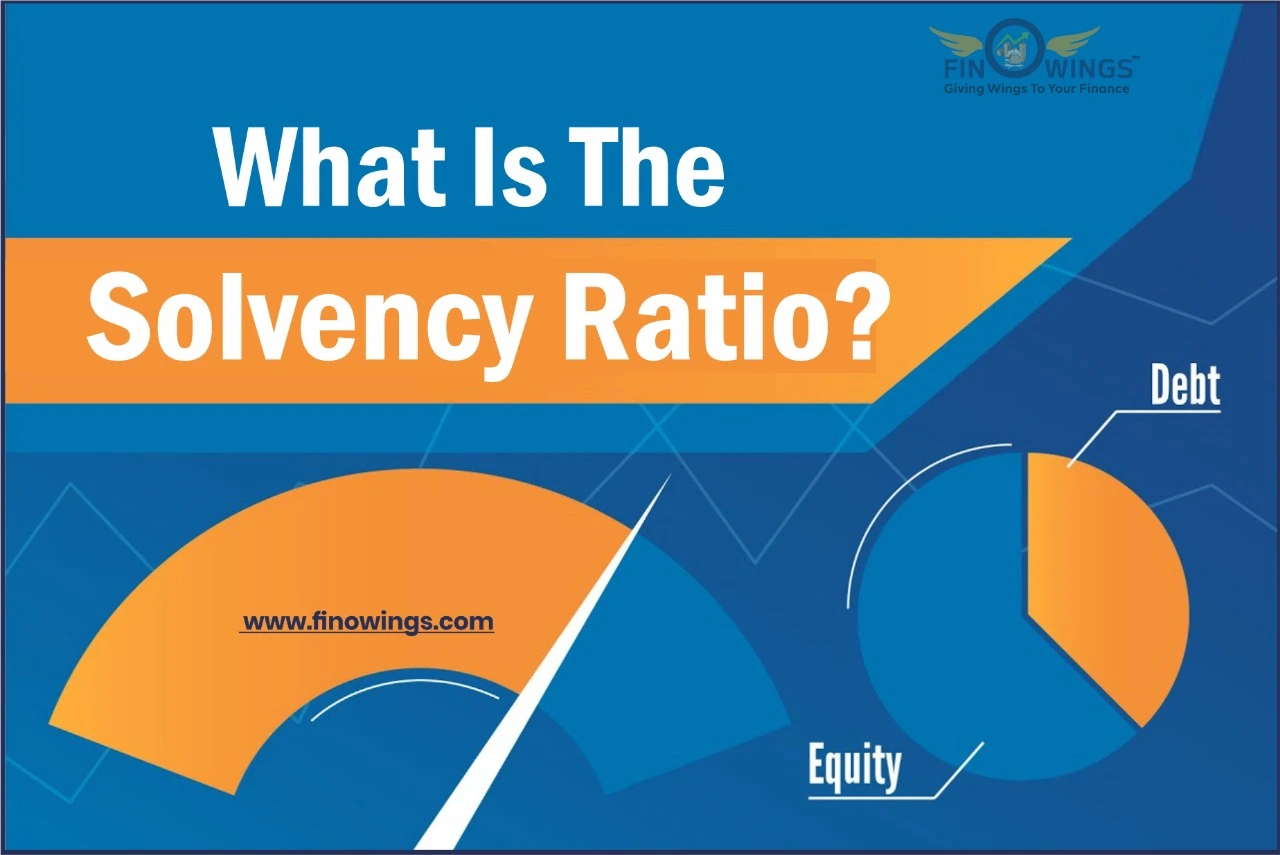Home >> Blog >> What is the Activity Ratio?
What is the Activity Ratio?

Table of Contents
Introduction
Activity ratios are critical indicators of a company's operational efficiency. It also demonstrates how revenue is generated in a company and how the balance sheet components are used to manage the business. So let us further understand what the Activity Ratio is.
What is the Activity Ratio?
It is a financial indicator that measures how effectively a company leverages its balance-sheet assets to generate revenue and cash. Activity ratios are also called efficiency ratios, as they can help analysts determine how a company handles inventory management, which is critical to its operational fluidity and overall fiscal health.
Activity ratios are beneficial when used to compare 2 businesses that are competitors in the same industry to see how one company compares to its rivals.
Activity ratios, however, can also be used to analyze a company's financial performance over several recording periods and identify changes over time. Then, these numbers can be plotted to show a potential corporate performance picture.
What Is Working Capital?
Working capital, often called operating capital, is the difference between current assets and liabilities. The amount of working capital reveals a company's capacity to pay current obligations as they become due.
It is essential to have positive working capital, but it shouldn't be excessive to avoid consuming resources that could be used more effectively elsewhere.
Working capital is made up of three major components:
-
Receivables
-
Inventory
-
and Payables
The three accounts can be used to calculate the cash conversion cycle, which is an important metric that measures how long it takes a company to convert its inventory into cash in days.
Working Capital Turnover Ratio
This ratio helps assess how well a business can use its working capital to generate sales of its items.
Calculating the working capital turnover ratio uses the following formula:
Working capital turnover ratio = Sale or Costs of Goods Sold / Working Capital.
A higher amount of working capital indicates that a company is effectively using its working capital, whereas a lower level indicates that it has too many debtors and underutilized inventory.
Debtor Turnover Ratio
This ratio is a crucial business indication because it demonstrates how well a company can offer credit to its clients while still being able to reclaim the amount owed within the payment period. Because future payments for credit sales are referred to as accounts receivables, it is also known as the accounts receivable turnover ratio.
Debtor Turnover Ratio = Credit Sales / Average Debtors is the formula used to calculate this ratio.
A more excellent ratio reveals a strong credit policy, whereas a lower ratio reveals a weak credit policy for the organization.
Creditors Turnover Ratio
The creditor turnover ratio shows the company's capacity to successfully pay off the amount for credit purchases during an accounting period. In addition, it displays how frequently the company clears account payables during an accounting period. Therefore, it also goes by the "Accounts Payable Turnover Ratio."
Creditors Turnover Ratio = Net Credit Purchases / Average Creditors is the formula for computing this ratio.
Where,
Average accounts payable are sometimes referred to as average creditors.
A high ratio and vice versa indicate the ability of a corporation to finance all credit purchases.
Merchandise Inventory Turnover Ratio
The merchandise inventory turnover ratio indicates how frequently the inventory balance is sold throughout an accounting period.
Merchandise Inventory Turnover Ratio = The cost of goods sold / average inventory for a specific period.
Higher computations imply that a business can transport its inventory relatively easily.
Total Assets Turnover Ratio
The total assets turnover ratio measures how well a business utilizes its assets to make a sale. To determine how well a business uses its resources, total sales are divided by total assets. Smaller ratios could suggest that a business is having trouble moving its goods.
Total Assets Turnover Ratio= Net sales/ average total assets
Return on Equity
The earnings generated from shareholder equity are measured by a performance indicator called return on equity (ROE).
ROE= Net Income/Shareholder's equity
Cash Conversion Cycle
The cash conversion cycle is essential for determining how efficiently a company's inventories can be converted into cash. Companies want to shorten their cash conversion cycle so they can receive cash from inventory sales as soon as possible. This metric measures the overall efficiency of a company's working capital/operating assets.
Cash Conversion Cycle = Days Inventory Outstanding + Days Sales Outstanding - Days Payables Outstanding.
Profitability vs. Activity Ratios
Fundamental analytical methods like activity and profitability ratios assist investors in assessing many dimensions of a company's financial health. For example, efficiency or activity ratios determine how effectively a corporation uses its resources to generate profits, whereas profitability ratios show how much money a company makes. In addition, profitability ratios can assist analysts in comparing a firm's profits to those of its competitors in the same industry and following the development of the same company over multiple distinct reporting periods.
Conclusion
The activity ratio measures how quickly a company can convert its assets into cash or sales and is a good predictor of future performance. Management and accounting departments can use several activity ratios to assess their efficiency. Inventory turnover and total asset turnover are the most commonly used ratios. It is always advised to analyze and compare ratios with other businesses in the industry.

















